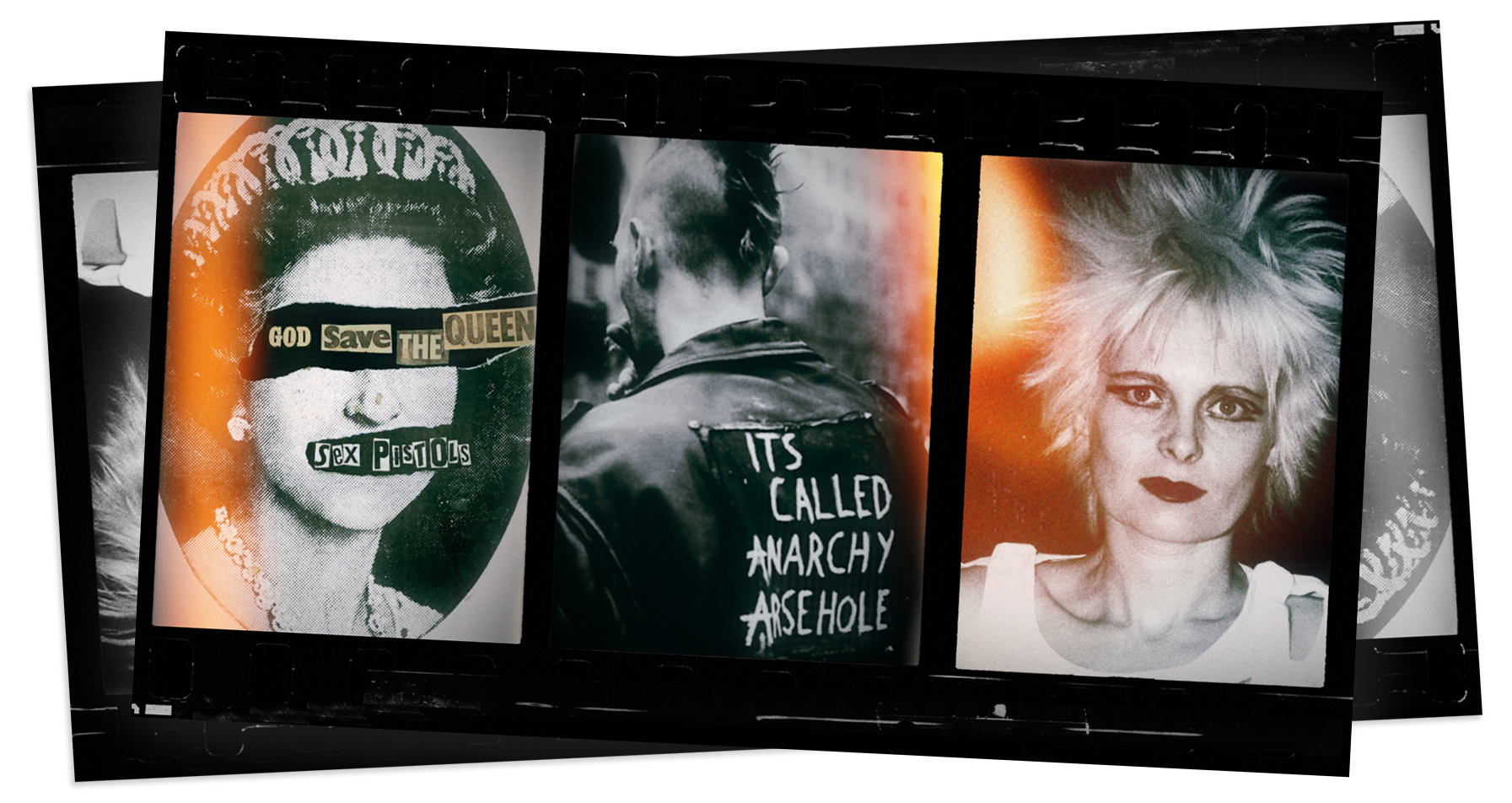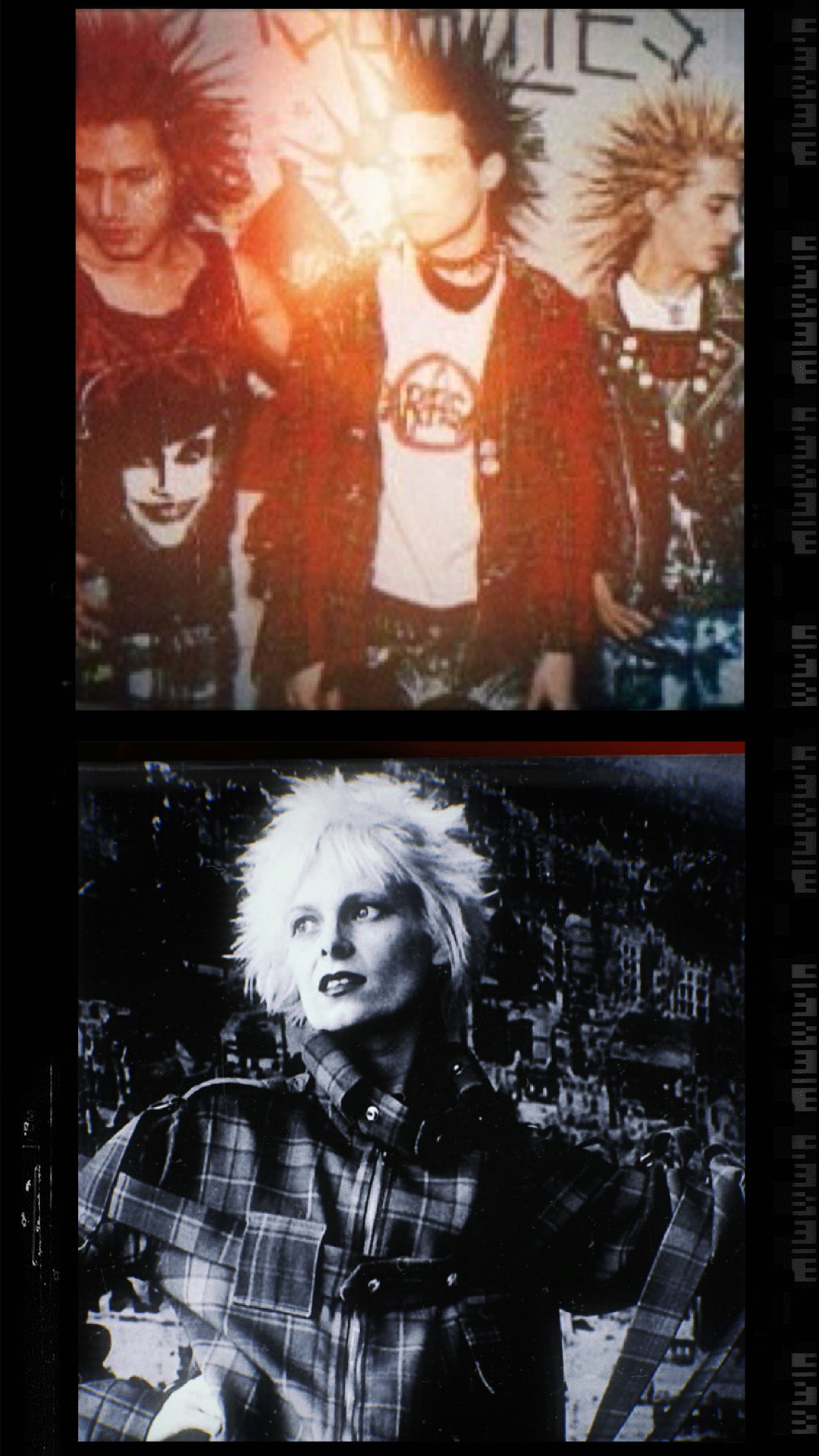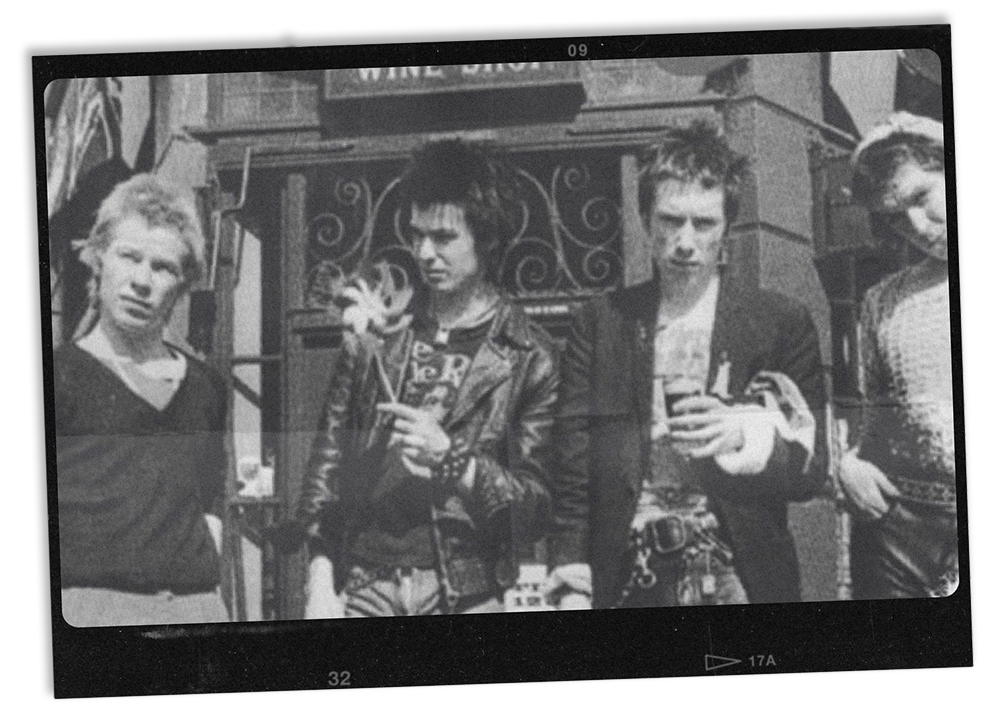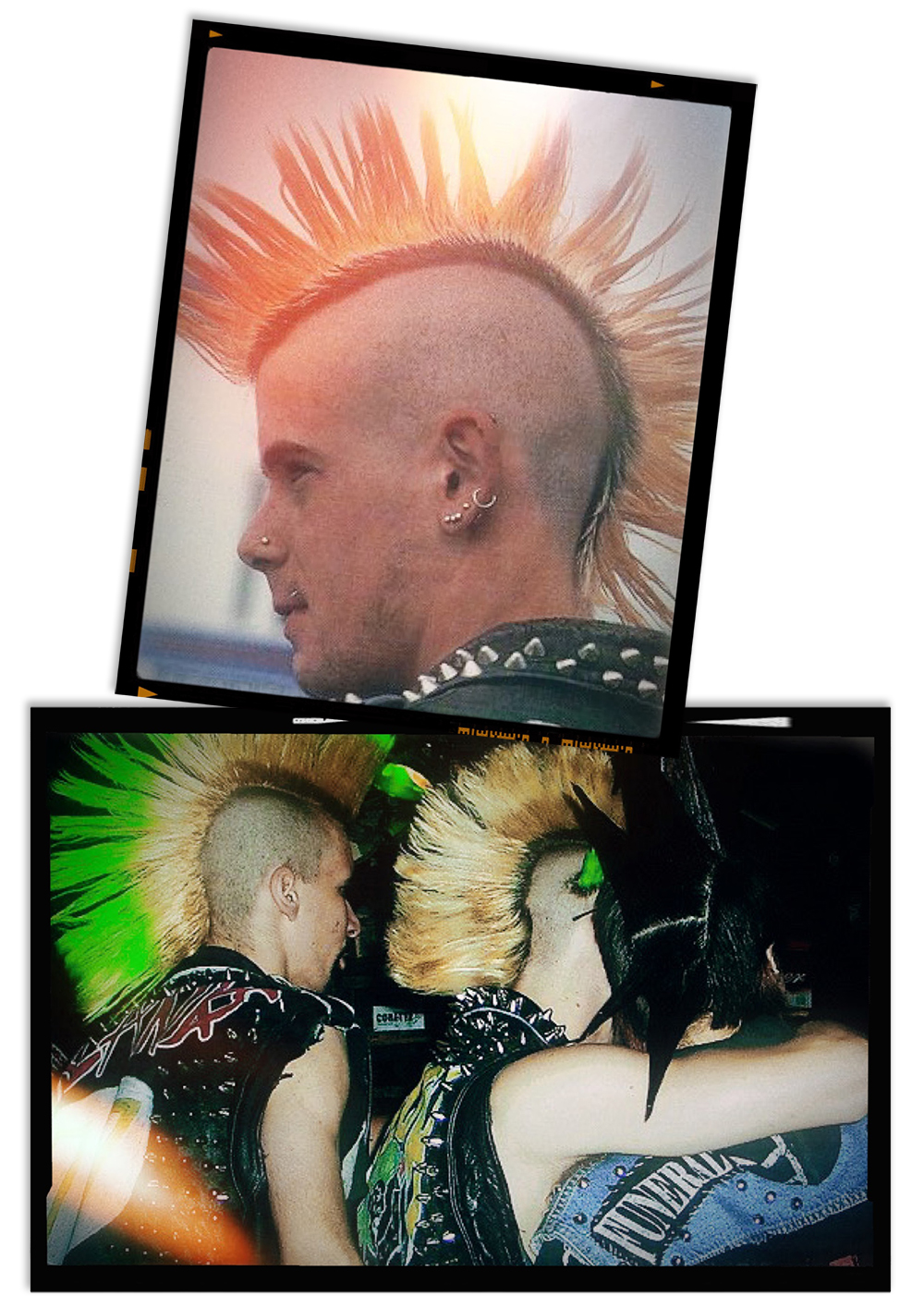God Save The Queen




Punk’s certainly not dead! It has been 50 years since rebellious punks hit the scene with their flamboyant defiance against corporate mass culture and capitalism as well as outspoken frustration over the deep-rooted inequalities in society. The importance of authenticity and individualistic expression has always been an integral part of the punk culture, and so fashion, music and art became important outlets of their political messages.
Punk fashion had a partiality for DIY and the bold aesthetic was often crafted using tape, markers, and paint. Safety pins and razor blades became jewellery, paired with clothes in materials like leather, rubber, and PVC. From the get-go, the punk movement was intricately linked to unique clothing and grooming – specifically hair.
Punk hairstyles were eye-catching, creative, rebellious, and oftentimes dyed in bright colors. Micro fringes, buzz cuts and shaved heads were popular, but a more striking punk hairstyle was spikes. This hairstyle came in a lot of different shapes and sizes, like the one sported by Sex Pistol’s Sid Vicious. But the most distinctive version was probably the liberty spikes – earning its name from its resemblance to the spikes on the head of the Statue of Liberty. A look where the hair was formed into long and thick spikes that reached out as far as possible, often dyed black or multicoloured.
Perhaps the most famous of all punk hairstyles was the mohawk, with its distinguishable strip of hair running down the middle of an otherwise shaved head. The mohawk was styled in many different ways, leaving a lot of room for individual artistic expression. The shock factor of these different hairstyles and looks drew a lot of attention – and the punk movement grew big and popular, advocating rebellion against corporate mass culture and society’s deep-rooted inequalities.








